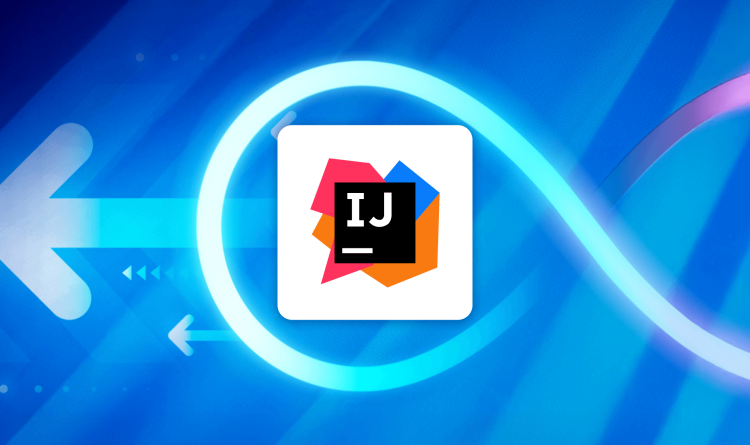In the previous posts, we explored the OODA Loop, the intricacies of human and organizational decision-making, and how neural networks and Generative AI (GenAI) fit into this ecosystem. Now, let’s dive into practical ways that organizations can leverage AI-enabled tools to enhance efficiency, drive innovation, and simplify workflows. From machine learning that performs deep analysis to generative AI that streamlines human engagement, the potential is vast. We’ll also touch on the value that skilled human operators bring in partnership with AI.
AI: Deep Analysis or Automating Mundane Tasks? Embrace the power of “AND”.
Two of the most transformative applications of AI in organizations are its abilities to both perform deep analysis and automate routine tasks. This not only enhances productivity but also allows human workers to focus on more strategic and creative endeavors.
Machine Learning for Cybersecurity
For Chief Information Security Officers (CISOs), the cybersecurity landscape is continuously evolving, with new threats emerging daily. AI has the potential to serve as a powerful ally in this battle.
- Threat Detection and Response: Machine learning algorithms can analyze vast amounts of network traffic and identify unusual patterns indicative of a cyber attack. This capability allows for real-time threat detection and response, significantly reducing the time it takes to neutralize threats.
- Predictive Analysis: By learning from historical data, AI can predict potential vulnerabilities and suggest preemptive measures to bolster security defenses. This proactive approach helps in mitigating risks before they manifest into serious threats.
Business Use Cases
AI’s capability to handle large datasets and identify patterns is not just limited to cybersecurity; it extends to various business functions as well.
- Customer Profiling: Machine learning can help in better matching companies to their Ideal Customer Profile (ICP). By analyzing customer behavior, preferences, and buying patterns, AI can identify high-potential leads, streamline sales operations, and improve conversion rates.
- Financial Forecasting: AI can analyze historical financial data to predict future trends, helping businesses make informed decisions about investments, budget allocations, and resource planning.
Generative AI in Workflows: Simplifying Human Engagement
Generative AI, with its ability to create content and generate regurgitate ideas, can be seamlessly integrated into workflows to simplify tasks that traditionally required significant human effort. In all of these cases, a skilled human should always review the work of AI, to make sure that errant instructions or AI hallucinations do not embarrass your company.
Cybersecurity Use Cases
- Process: Generative AI can be used to turn esoteric vulnerability remediation instructions into clear, easy-to-read, instructions for human users.
- Policy: Given a simple set of instructions, Generative AI can be used to create policies that match the practices already in place in your organization.
Marketing and Product Development
- Content Creation: Generative AI can automate the creation of marketing materials, such as blog posts, social media content, and email campaigns. This not only speeds up the content generation process but also ensures consistency and personalization at scale.
- Slide Generation: For product marketing teams, GenAI can create visually appealing and data-driven presentations, saving countless hours that would otherwise be spent on designing slides. This allows marketers to focus on strategy and storytelling.
Human Resources and Operations
- Talent Acquisition: GenAI can assist HR teams in writing consistent, clear job descriptions. This streamlines the hiring process, making it more efficient and less biased by varied descriptions that don’t match the actual level of a job.
- Employee Training: AI-driven training programs can create personalized learning experiences for employees, adapting content based on individual progress and learning styles. This enhances the effectiveness of training programs and accelerates skill development.
The Human-AI Partnership
While AI tools offer immense potential, the role of skilled human operators remains crucial. AI can handle data analysis, generate content, and automate tasks, but human oversight is essential to ensure accuracy, provide novel creativity, and satisfy ethical considerations.
- Quality Assurance: Human experts are needed to validate the outputs generated by AI, ensuring that they meet the required standards and align with organizational goals.
- Strategic Decision-Making: While AI can provide insights and recommendations, strategic decisions require human judgment, intuition, and experience. The collaboration between AI and human decision-makers leads to more balanced and informed outcomes.
- Ethical Considerations: Humans must oversee AI applications to address ethical concerns, such as data privacy, bias, and fairness. This oversight ensures that AI is used responsibly and aligns with the organization’s values.
Moving Forward
AI-enabled tools offer transformative potential for organizations, enhancing efficiency, driving innovation, and simplifying workflows. By leveraging machine learning for deep analysis and automating mundane tasks, and integrating generative AI into workflows, businesses can achieve unprecedented levels of productivity and creativity. However, the value of skilled human operators remains indispensable, as they bring critical oversight, strategic judgment, and ethical considerations to the table. The future of work is not just AI-driven; it’s a collaborative partnership between humans and intelligent machines, paving the way for a more efficient and innovative organizational landscape. Stay tuned for Part V, the final part in our AI Series, where we explore how we at Orca are leveraging AI to enhance our security solutions and better support your team.




